The Wicklow Mountains National Park is an area of profound natural beauty, with scenic vistas, lakes and the stunning Wicklow Mountain ranges nestled amid idyllic Irish countryside. This protected area is reasonably close to Dublin, with most of the National Park’s grounds situated in County Wicklow a short ways south of the Irish capital – as such, tours are quite frequent. One historic highlight is the hermitage site at Glendalough – wherein the Medieval history of Eire is explained amid the setting of old monastic structures dating back to their founding by St. Kevin in the 6th century.
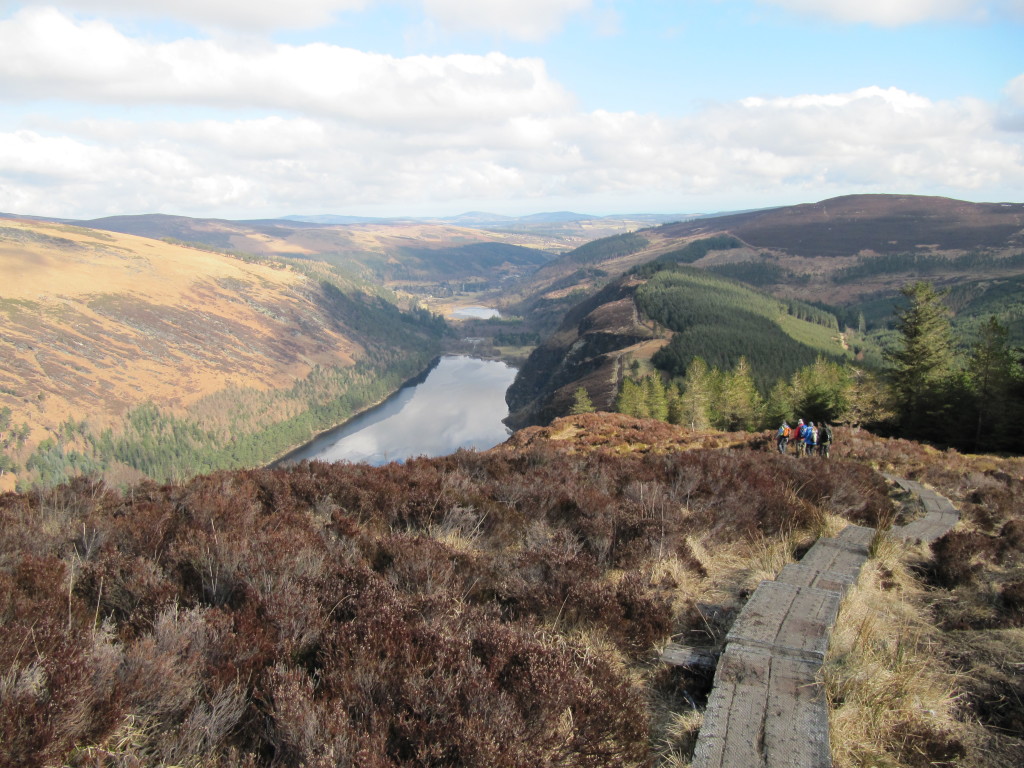
Many outdoor recreational pursuits are entertained within Wicklow, such as hiking, fishing and rock climbing in Glendalough Valley and Lough Tay, with ample parking facilities available to drivers. Opportunities for photography and fell walks abound with the wooded areas, lakes and hills giving ample purchase to those seeking to take in and capture the very best of Ireland’s great outdoors.

The Irish Georgian Society is a non-profit group that seeks to promote the heritage of Ireland and Dublin through a series of educational programs and civic tours. Members of the Irish Georgian Society are welcome to partake in the society’s activities, with tours on various themes of medicine, architecture, art and history regularly organised around the city of Dublin, and occasionally abroad. Given the society’s status and influence, buildings otherwise closed to public viewing are specially opened for its tours.

When not educating interested people about cultural matters to do with Ireland, the Irish Georgian Society is focused on the conservation of the buildings and artistic works of the past in Dublin. In order to gain great attendance for its tours, the society regularly invites the public to contribute funds in exchange for membership. A number of regular and not-so-regular visitors to Dublin have signed up as supporters for the society’s noble goals, with famous actor Jeremy Irons notably endorsing the group.
The Little Museum of Dublin is a warm portrayal of Dublin through the years of the 20th century, as the Irish nation geared up to and grappled with its new-found status as a Republic. Uniquely for a museum, many of the photographs and memorabilia that constitute the exhibits themselves are sourced from local residents of Dublin who themselves lived or had immediate ancestry experiencing the years the Little Museum covers.
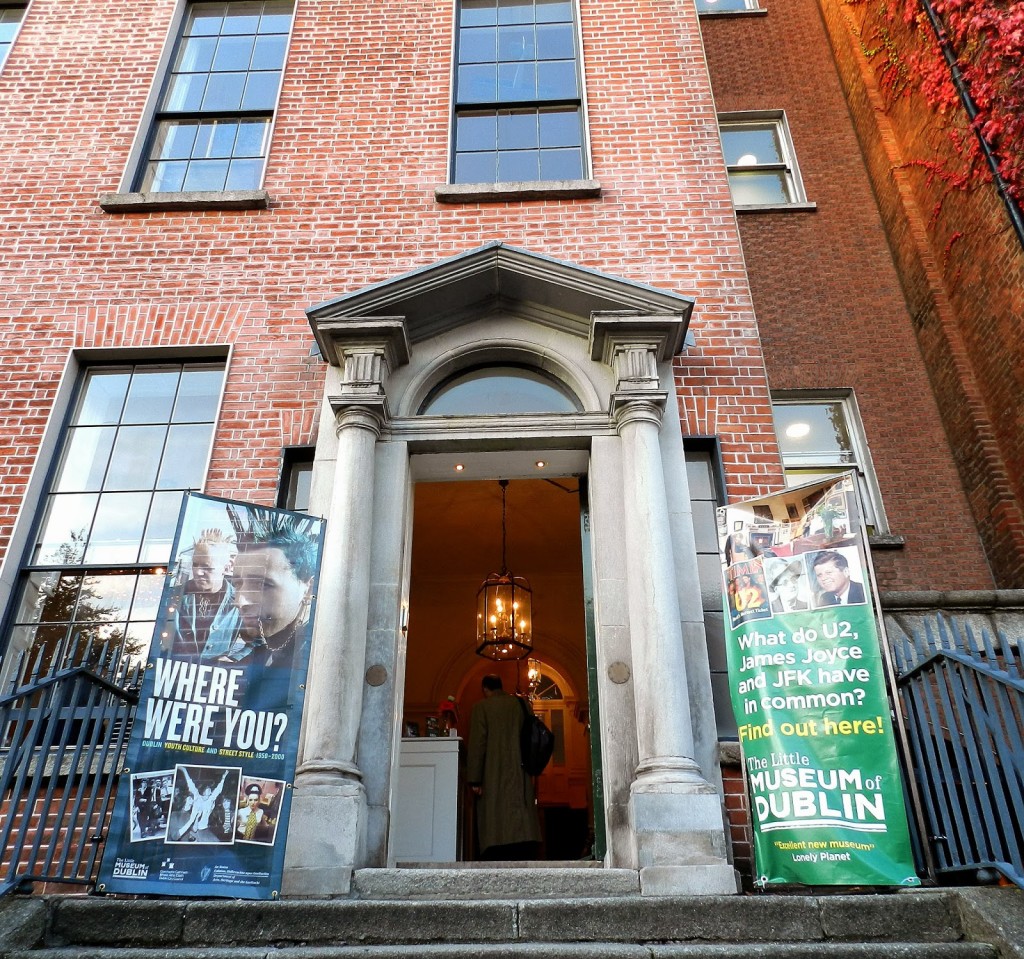
Something of a hidden gem of Dublin, the Little Museum is located in what first seems an ordinary, patrician Georgian house on St. Stephen’s Green. Within however exhibitions on a variety of themes, be it Dublin during wartime or the Irish capital’s portrayals in film, liven the museum regularly. Despite only having opened its doors in 2011, the Little Museum of Dublin’s inclusive approach to imparting knowledge has won it awards, with the Irish Times famously lauding the place as “Dublin’s best museum experience.”
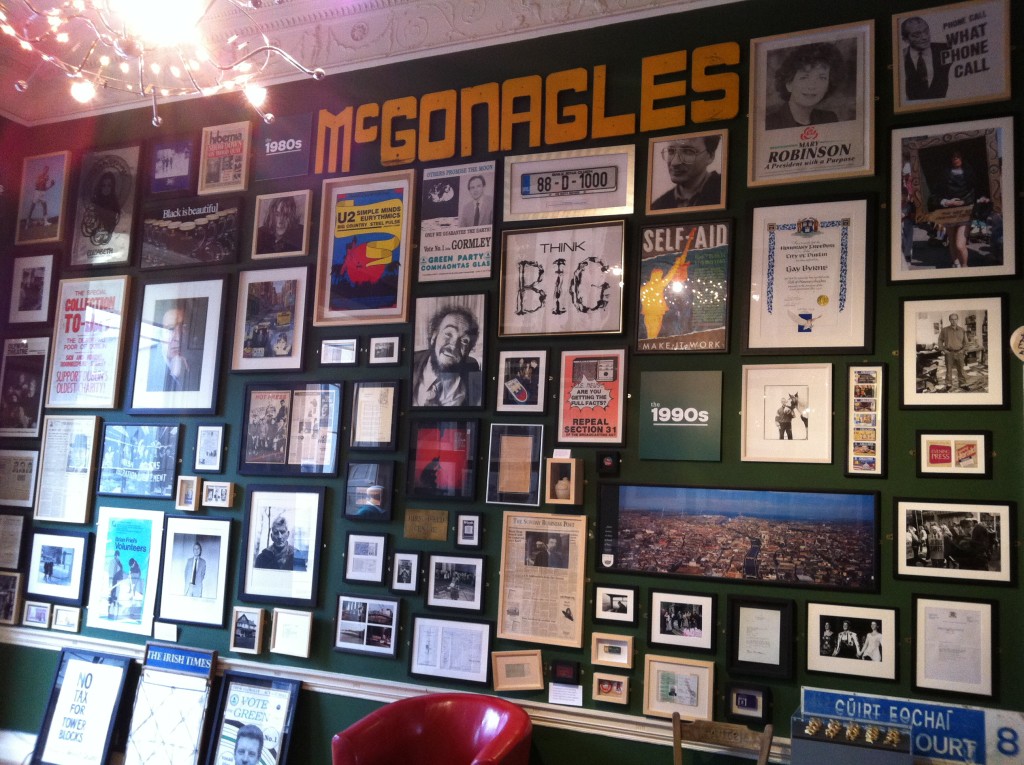
The Dublin National Botanic Gardens host some of the most beautiful varieties of exotic plants in Ireland. An impressive 20,000 living examples of flora flourish within its bounds, many of which are kept in individual rooms where climate is delicately controlled. The colours displayed by the intermittently flowering cacti and the world class collection of orchids present offer sights of peculiar loveliness. Outside, the willows overhanging the waters likewise act to illustrate beatific plant beauty.
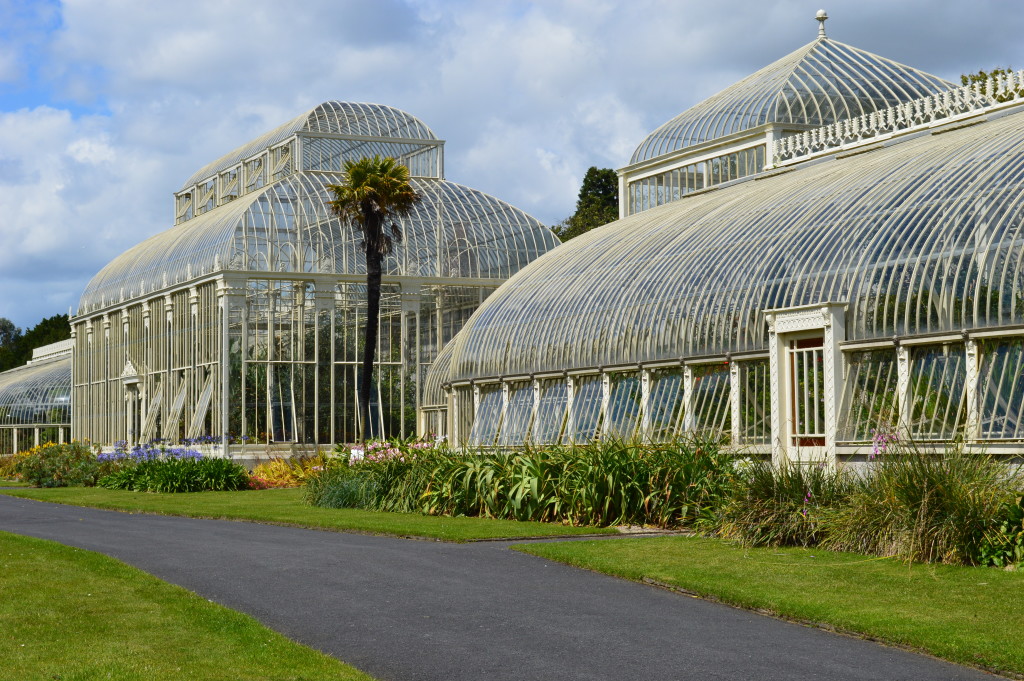
As well as being interesting for the botanic variety and staggering biodiversity on display, the National Botanic Gardens are themselves comprised of architecturally important greenhouses. Its Palm House was assembled in the 1860s – although renovations have taken place since, the structure remains much as it was. A recent innovation is the audio tours that allow people with mp3-capable phones the opportunity to guide themselves throughout the displays.
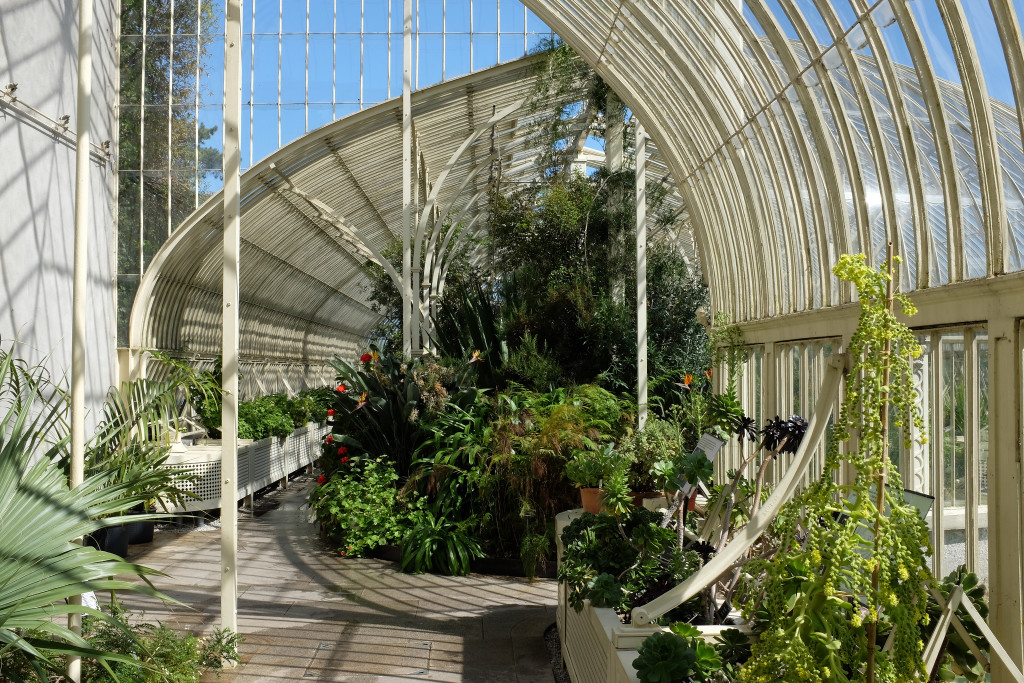
Dublin’s Phoenix Park is a colossal example of Irish parkland, spanning an impressive 707 hectares from the western reaches of central Dublin out into the capital’s outskirts. The park is phenomenally popular, offering locals and visitors alike the chance to stroll its fields and pathways in sublime tranquillity. Various monuments pepper the landscape, such as the Magazine Fort’s marking of the original site of Phoenix House and the Victorian People’s Garden where that era’s detailed and ornamental approach to landscaping is shown off.
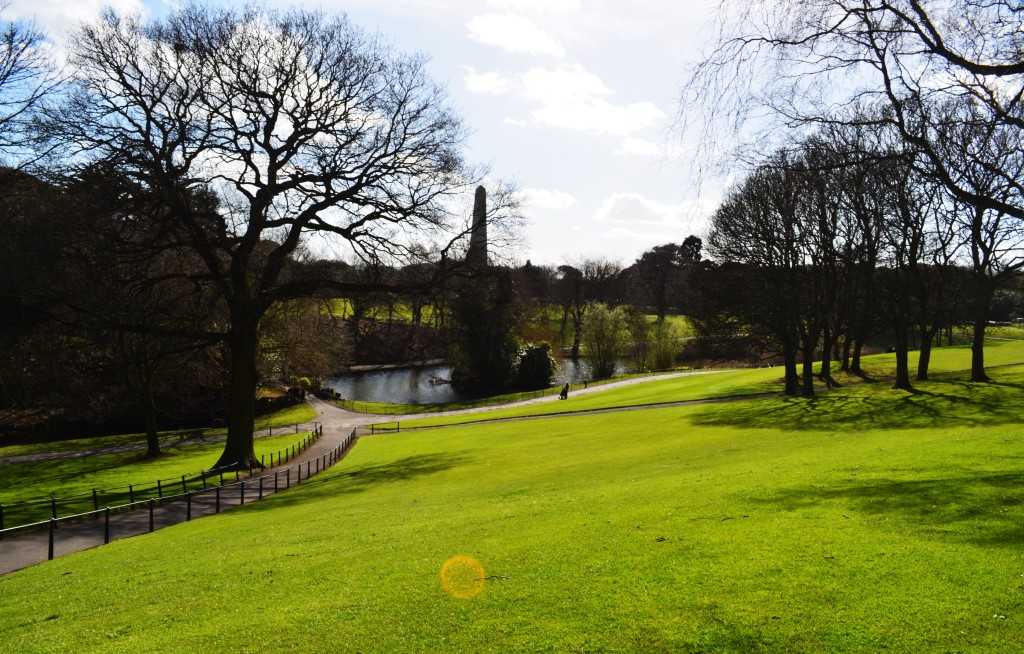
The Phoenix Park visitor centre acts to chronicle the area’s long heritage, from its early years as a country estate to its modern status as the biggest single enclosed recreational ground in the entire European continent. The area’s significance prior to surviving structures, for example its purpose as a burial site around the hill of Knockmary, is also paid rightful heed.
The National Museum of Ireland is split between four distinct departments – three are in Dublin, while a fourth – the Museum of Country Life – is aptly located in County Mayo. The various artistic and scientific achievements of the Irish peoples and natural beauty of the Irish nation are heralded within each respective building, with the general foundation of the museum’s dating to the late 19th century.
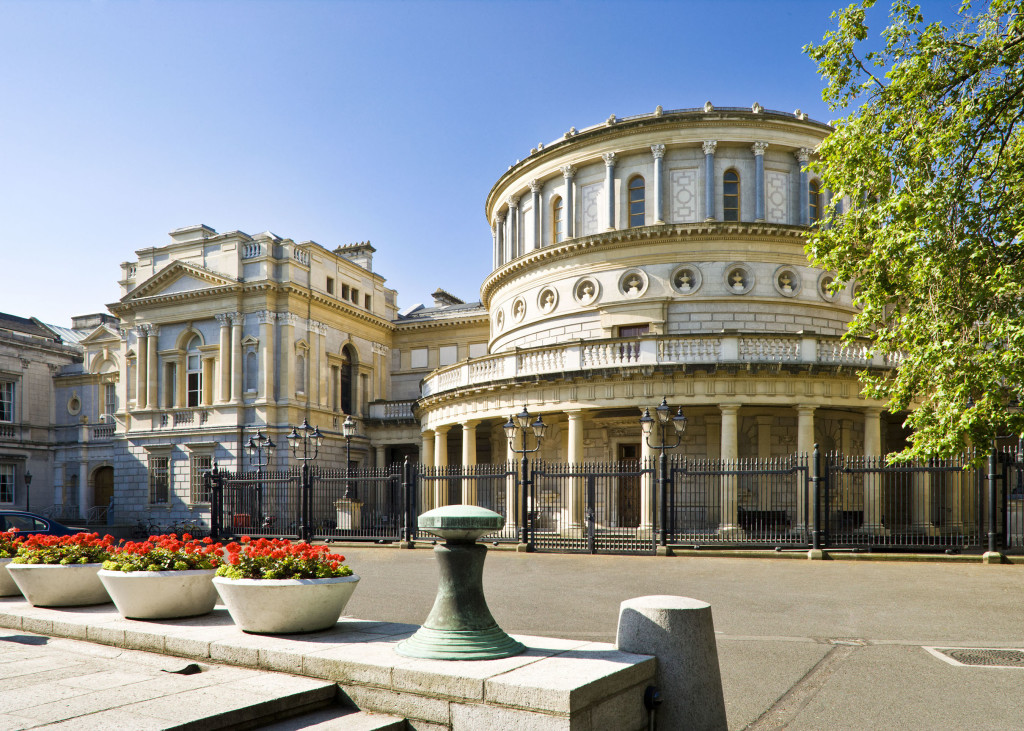
Given the volume of exhibits and donated materials the National Museum’s founding society were receiving year on year, the expansion to different buildings assorted by Art, Archaelogy and Natural History was inevitable. The results are plain to see today – entire structures stocked with the pick of the finest and most interesting inventories, with new exhibitions regular across all of the departments. Examples include a modern history focus upon founding of the Irish Republic, and ancient history as with exhibitions of Clontarf and Medieval Eire. Best of all, entry to any of the museum’s displays is completely free.
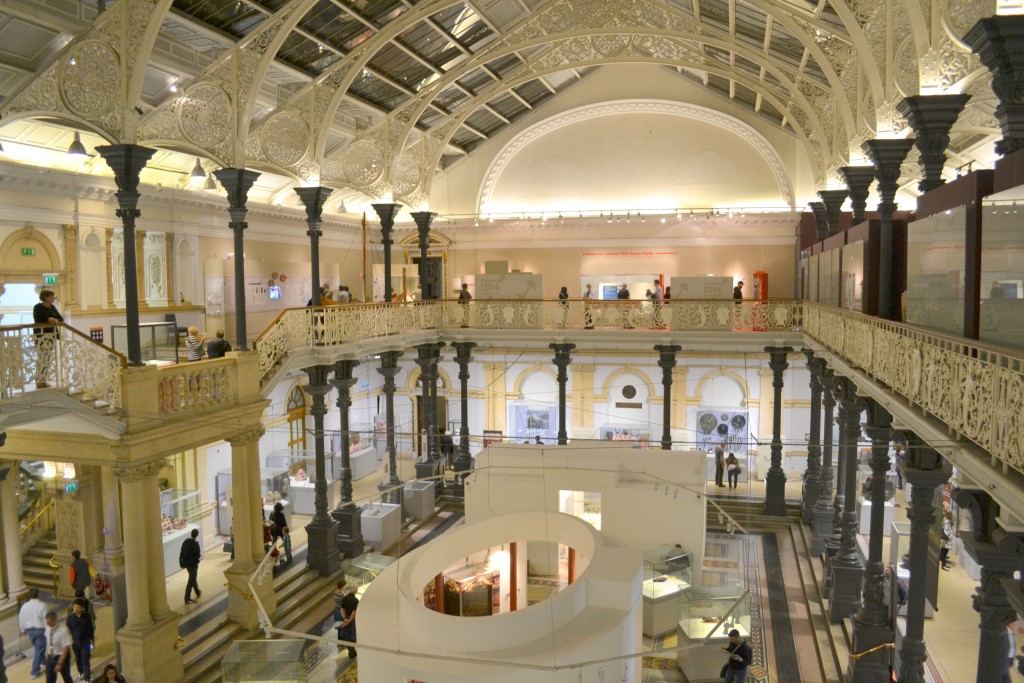
Kilmainham Gaol is an old jail located in Dublin, which has recently completed a series of renovations to its museum area. This old gaol is one of the largest of its kind in Europe, having lain unoccupied since 1924 before its restoration into a historic museum charting Ireland’s troubled past from the late 18th to early 20th centuries. A formidable structure with a symmetric, steel staircase running throughout the main chamber, the yard of Kilmainham Gaol was where the ringleaders of the 1916’s failed separatist uprising were mercilessly put to death.
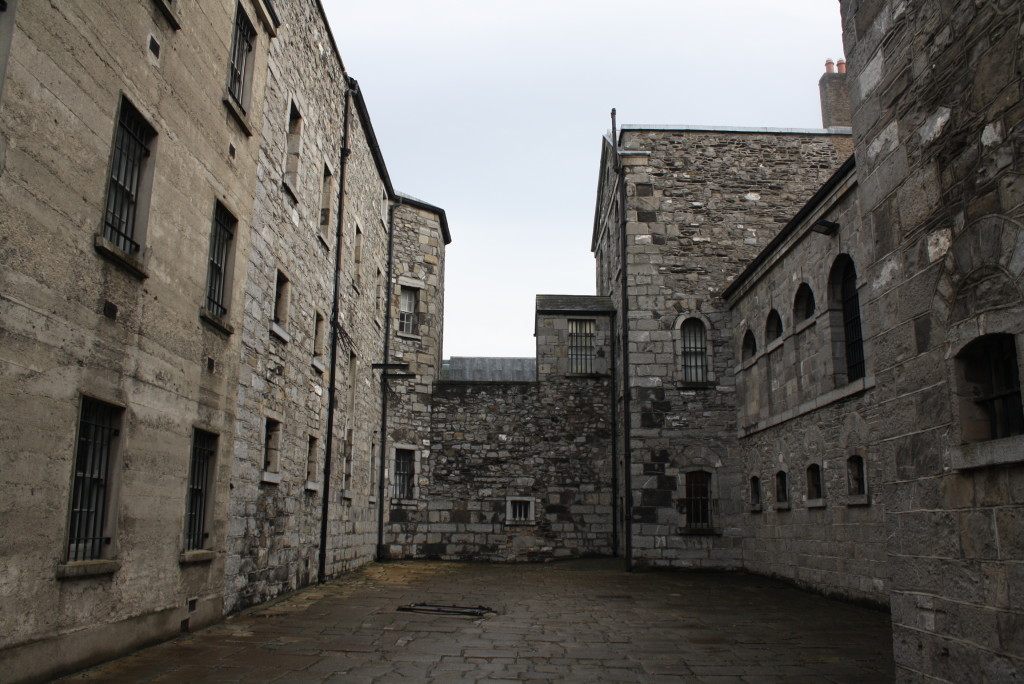
Over its years of operation, Kilmainham would symbolise the place where individual revolutionaries and their dreams of independence from British rule would go to forceful confinement. Conditions in the jail were dire, with five people often crammed into each cell regardless of gender or age. The gaol today exists only thanks to the efforts of volunteers whose predecessors in the 1960s cleared the premises of debris and overgrowth. Kilmainham now is one of the most popular tour destinations for those wishing to get an authentic measure of Dublin and Ireland’s stark past.
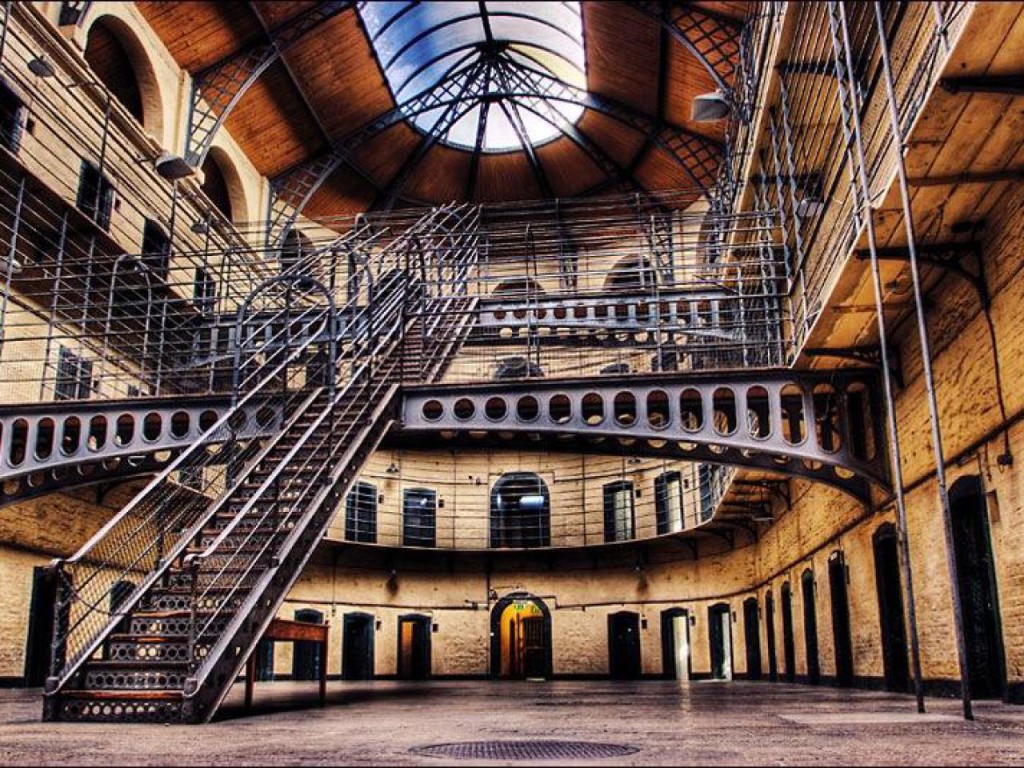
Merrion Square constitutes the main plaza upon which Dublin’s Georgian architecture is situated. It’s most distinguished for being the place where dozens of events happen every year, including bustling market days, festivals to commemorate Christmas, and public performances of traditional Irish music. The area was originally planned out by civic architects in the 1760s, and hosts a number of towering four-storey residences.
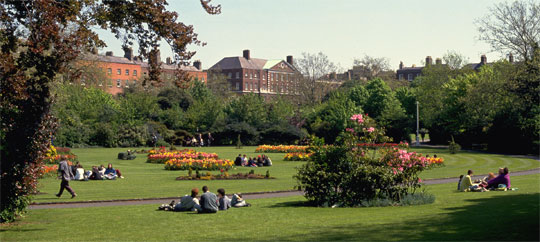
Over the centuries Merrion Square has hosted a number of Ireland’s most noted artistic luminaries. W.B. Yeats spent some years at Number 82, while Dracula author Bram Stoker also spent years around the salons of the locality. The Square hosts numerous archive and historic societies such as the Traditional Music Archive. It is also much-favoured by local purveyors of paintings and art: every Sunday about 200 local artists turn out to sell their wares in the Merrion Square Open Air Art Gallery.

Dublinia is a museum located in the area of Christchurch which is where much of Dublin’s voluminous Medieval history occurred. A staggering variety of artefacts are stored in the museum’s collection, with the venue itself popular with families and those with inclinations to absorbing history. The sometimes grisly history of Ireland and Dublin, with its frequent wars, coastal piracy, and horrific outbreaks of disease happen to make for riveting displays, and it is these subjects that Dublinia thrives upon.
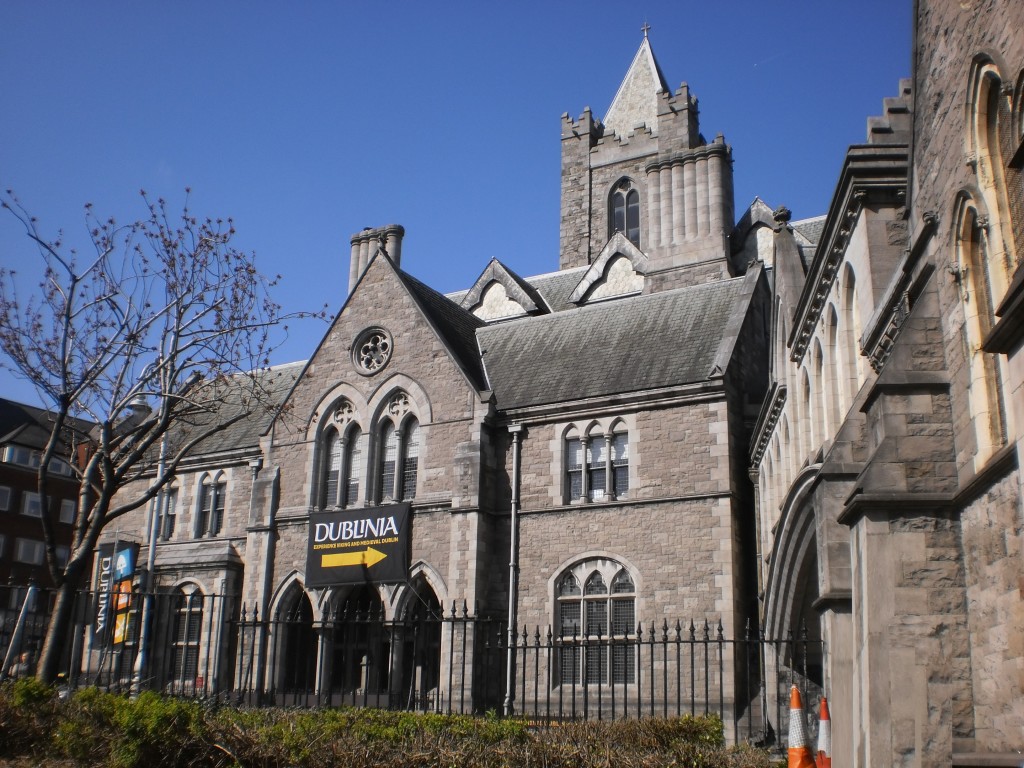
The Viking portions of the exhibits meanwhile examine how many warships from Scandinavia would stop off at Dublin and its nearby coastlines, allowing visitors to examine the types of clothes and equipment the typical Norse warrior would carry upon their longships. Those wishing to see an impressive panorama of Dublin itself can climb up St. Michael’s Tower – atop the 96 recently refurbished steps are brilliant views across the entire Irish capital.
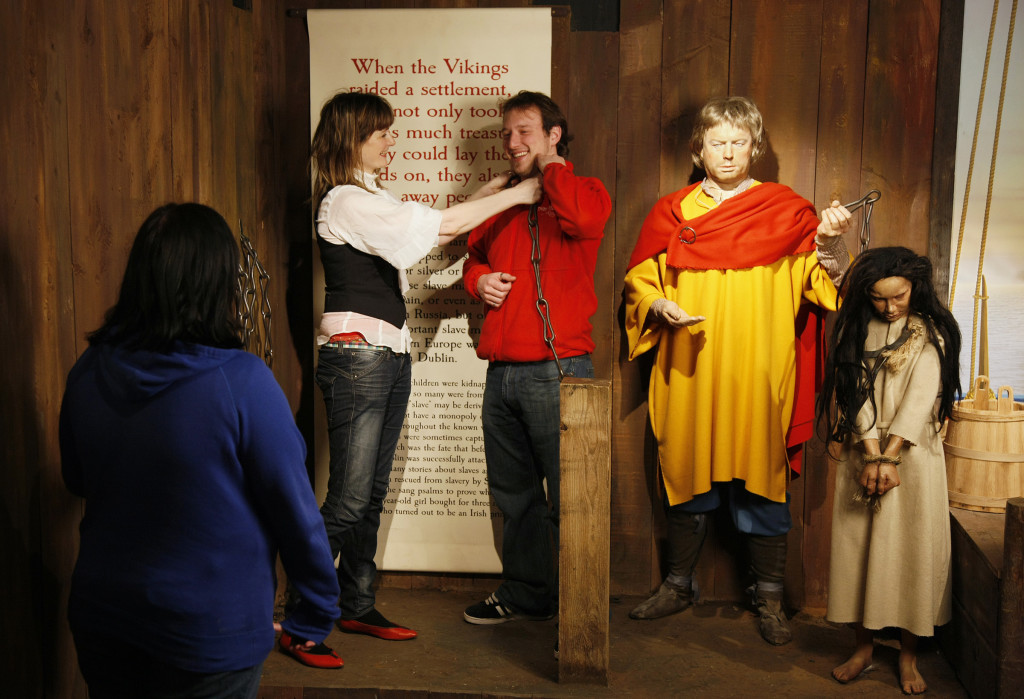
The Irish Museum of Modern Art (IMMA) is situated in Dublin’s Royal Hospital Kilmainham, itself a fine example of 17th century architecture. The artistic displays are complimented by the museum’s well-sculpted gardens and verdant lawns, with a wholesale restoration of the premises having taken place during the 1980s. A few years after the hospital building was brought back to glory, the decision was taken for this ideal structure to host some of the finest modern art in the world.
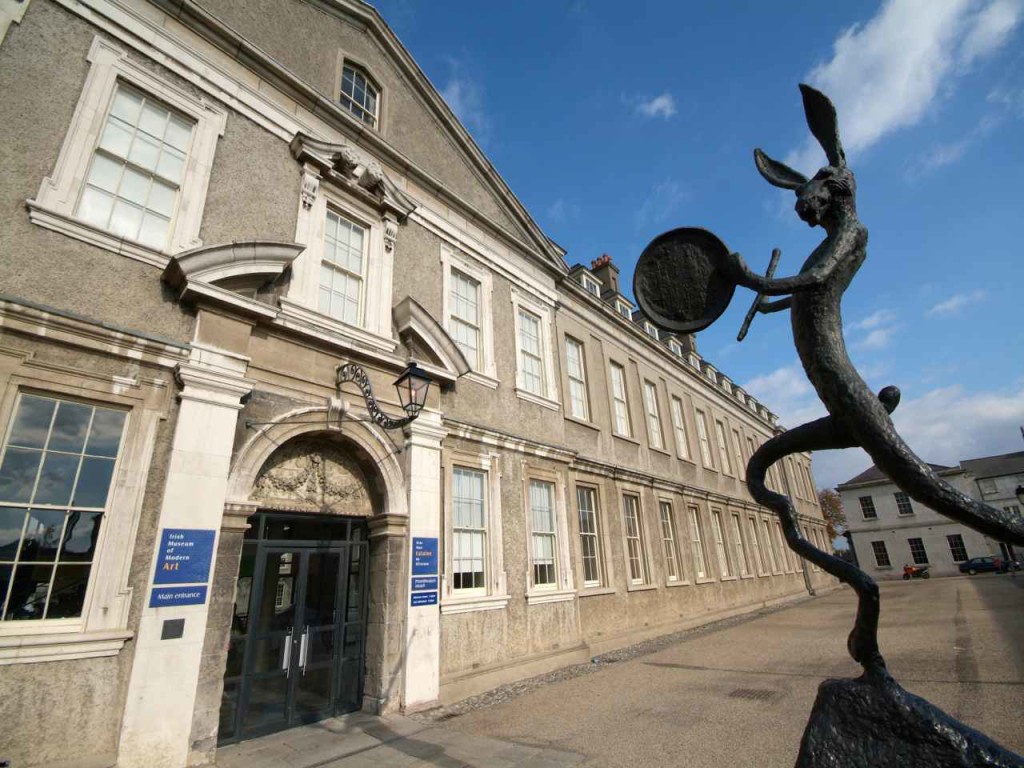
Having been the epicentre of Dublin’s modern and postmodern artistic display for well over two decades, the Irish Museum of Modern Art offers those interested in perusing the representative installations and wall-mounted works a serene, whitewashed environment in which to contemplate these creations. The yearly exhibitions concerning famed figures in modernist art keep the museum’s galleries in a state of constant refresh.



















